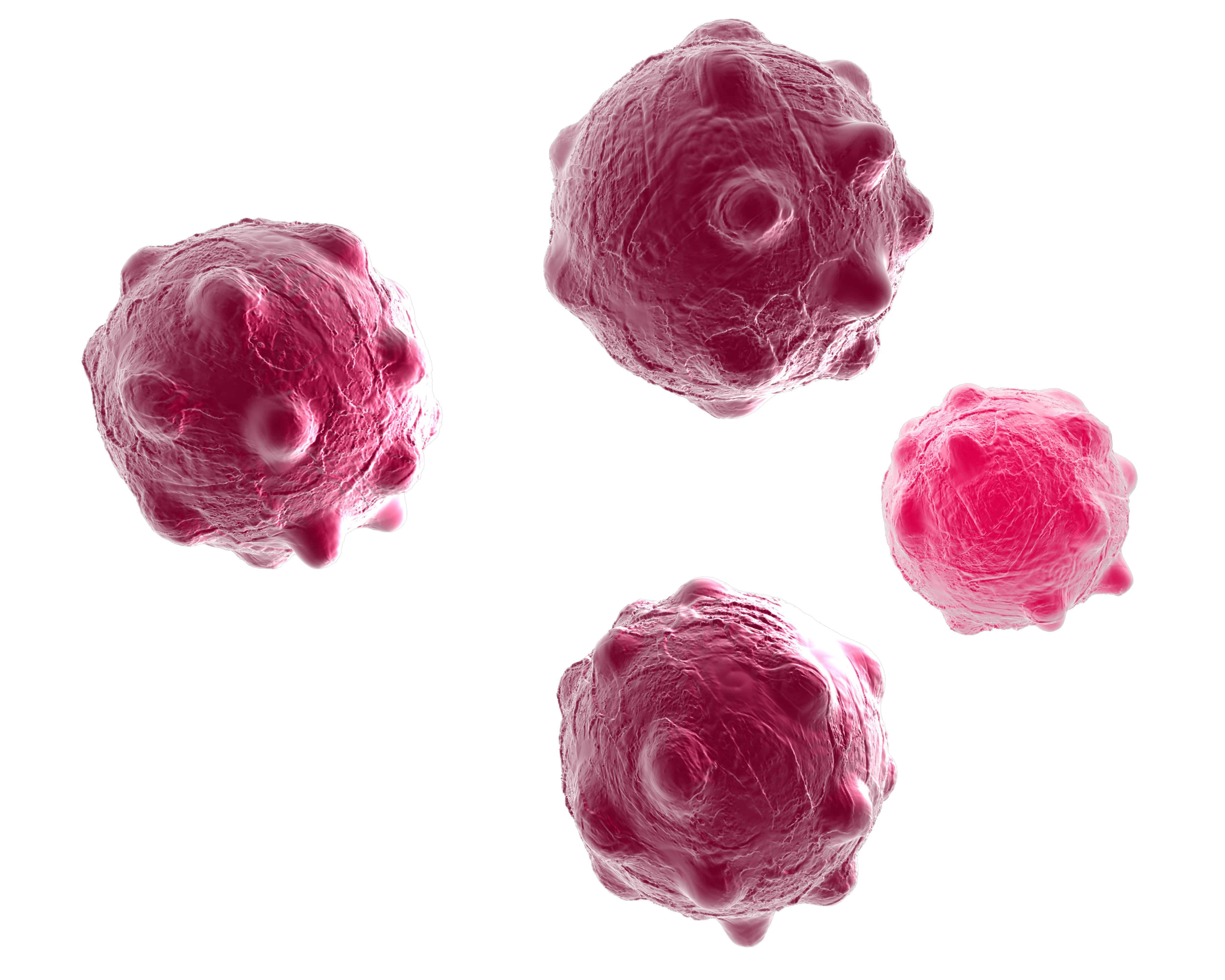Plasmonic Biosensors for Naked-Eye Detection of Exosomes
Exosomes are nanovesicles of 50–100 nm diameter that are released from most viable cells. They are secreted into the extracellular environment upon internal vesicle fusion with the plasma membrane. The molecular content of exosomes is a fingerprint of the releasing cell type and of its status. For this reason, and because they are released in easily accessible body fluids such as blood and urine, they represent a precious biomedical tool.
Therefore now, researchers at the Aalto University have developed a biosensor that helps detection of exosomes with the naked eye.
A plasmon is a quantum of plasma oscillation. Plasmonic materials have been used for making objects invisible in scientific tests. They efficiently reflect and absorb light. Plasmonic materials are based on the effective polarizabilities of metallic nanostructures.
The scientists achieved this feat by depositing plasmonic metaparticles on a black, physical body that absorbs all incident electromagnetic radiation.

Plasmonic dipoles are famous for their strong scattering and absorption. Dr. Shahin Homaeigohar and Moheb Abdealziz from Aalto University explain that the research group has succeeded in demonstrating the as-yet unknown specular reflection and the Brewster effect of ultrafine plasmonic dipoles on a black body host.
“We exploited it as the basis of new design rules to differentiate diseased human serum exosomes from healthy ones in a simple manner with no need to any specialized equipment”, says Dr. Abdou Elsharawyfrom the University of Kiel.
The novel approach enables a simple and cost-effective design of a perfect colored absorber and creation of vivid interference plasmonic colors.
































